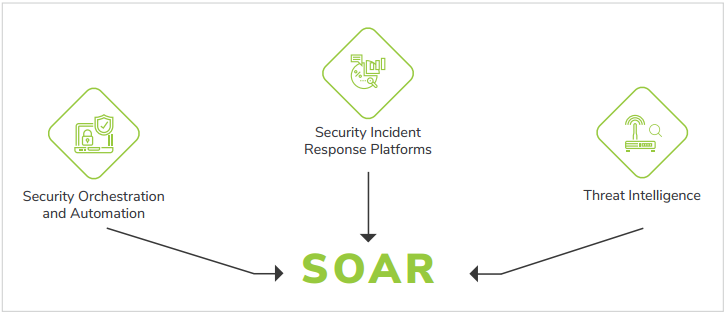Security Orchestration Automation and Response Market Insights, Share, and Future Outlook | 2035

The global Operational Technology (OT) Security market is a theater of intense and highly specialized competition, where a diverse array of vendors are vying to become the trusted partner for protecting the world's most critical and sensitive industrial infrastructure. This rivalry is fueled by the market's extremely high growth rate and the enormous strategic importance that both governments and private industry now place on securing operational environments from cyber threats. The nature of the Operational Technology Security Market Competition is fundamentally a clash of different corporate DNA and technological philosophies. It pits the deep, purpose-built expertise of the pure-play OT security startups against the massive scale and broad security portfolios of the IT networking giants, and the deep, incumbent relationships of the major industrial automation vendors. This central competitive dynamic creates a complex and challenging environment where success depends not just on technology, but on a vendor's ability to build trust with a historically conservative and risk-averse customer base of OT engineers and plant managers who prioritize safety and uptime above all else.
The competitive strategy of the pure-play specialists, such as Dragos and Claroty, is to differentiate through unparalleled expertise and a laser focus on the unique challenges of the OT environment. Their entire go-to-market motion is built around their deep, often government-honed, understanding of ICS-specific threats, vulnerabilities, and operational protocols. They compete by offering a superior product for asset visibility and threat detection that is designed from the ground up to be safe and passive, ensuring it will never disrupt a sensitive industrial process. They also compete on the strength of their threat intelligence and incident response services, positioning themselves not just as a technology provider, but as a strategic partner and an extension of the client's security team. Their strategy is to be the undisputed best-in-class provider for the most demanding and security-mature industrial organizations, leveraging their deep specialization as a key competitive weapon against more generalist providers.
In stark contrast, the competitive strategy of the major IT network security players, like Fortinet and Palo Alto Networks, is centered on the power of an integrated platform and the convergence of IT and OT security. Their value proposition is to provide a single, unified security architecture and management console for the entire enterprise, from the data center to the factory floor. They compete by leveraging their massive existing customer bases in the IT security world and by offering a more cost-effective and operationally simple solution for organizations that are looking to consolidate their security vendors. Their strategy involves extending their next-generation firewall capabilities to the OT environment with ruggedized hardware and support for industrial protocols, providing a familiar and consistent security posture across the organization. The Operational Technology Security Market size is projected to grow USD 190.85 Million by 2035, exhibiting a CAGR of 21.68% during the forecast period 2025-2035. The future of competition will see a continued tension between these two approaches, with the ultimate winners being those who can offer both deep OT expertise and seamless integration with the broader enterprise IT security fabric.
Top Trending Reports -
Canada Contact Center Analytics Market


